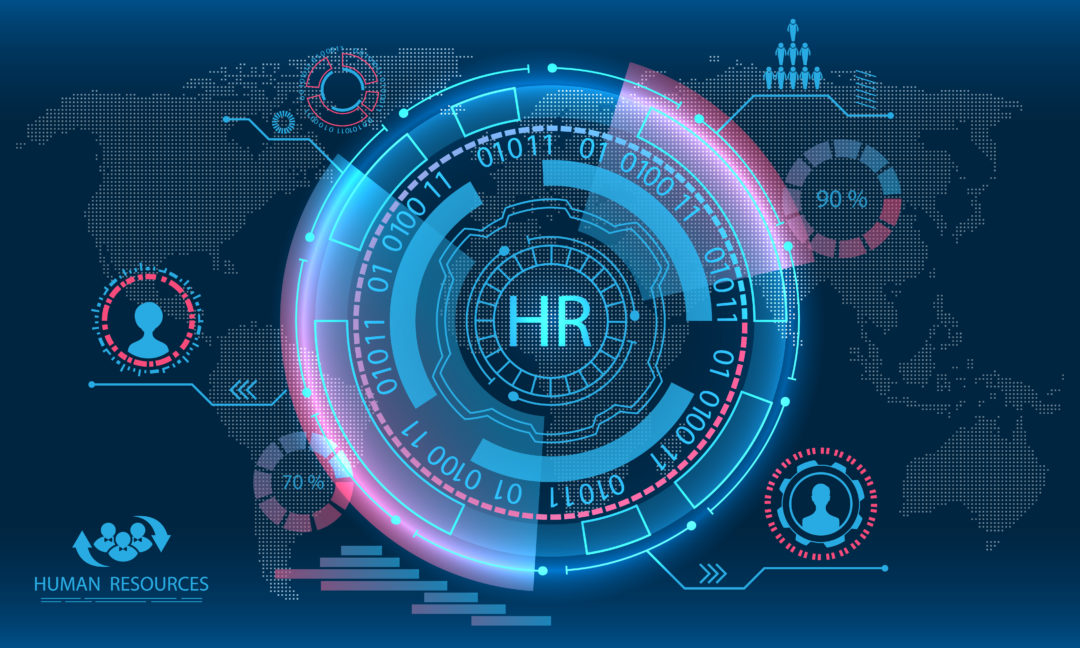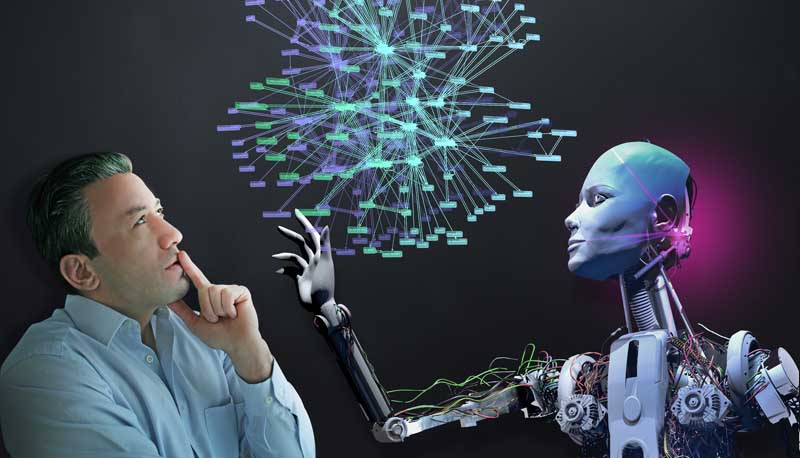During the early days of Human Resources analytics, companies collected employee data to measure performance, span of control, succession pipeline, and other talent-related topics. There is more employee data available today than ever before, including data about job performance and compensations, e-mails, location, and travel, employee comments, and even videos. Now, with all this new information generated in today’s workplace (almost every click you make at work is stored somewhere), the domain of people analytics is becoming very personal.
In People Analytics, also known as Talent Analytics or HR Analytics, managers and executives use data to make decisions about their employees. People Analytics involves collecting employee data from a variety of sources and analyzing it using statistical and technological expertise, resulting in better, and faster, decision making and providing a competitive advantage.



There is no doubt that legislation has failed to keep pace with the speed at which data and artificial intelligence technology has progressed. As a result, the General Data Protection Regulation (GDPR), which came into force in May 2018, was designed to address this and acknowledge the changing environment. While the GDPR will bring new opportunities to employers, meeting its requirements will be challenging.
Data and AI technologies at first glance appear to be in direct conflict with the fundamental principles of the GDPR due to their inherent nature. It is often not easy to achieve GDPR compliance while simultaneously taking full advantage of new data technologies. That being said, privacy laws should not mean that businesses should shy away from exploring the use of new technologies and reaping their potentially game-changing benefits. To invest in new data-driven people analytics technologies within the workplace, employers need to consider and balance the following pillars: confidentiality, bias and people impact.
